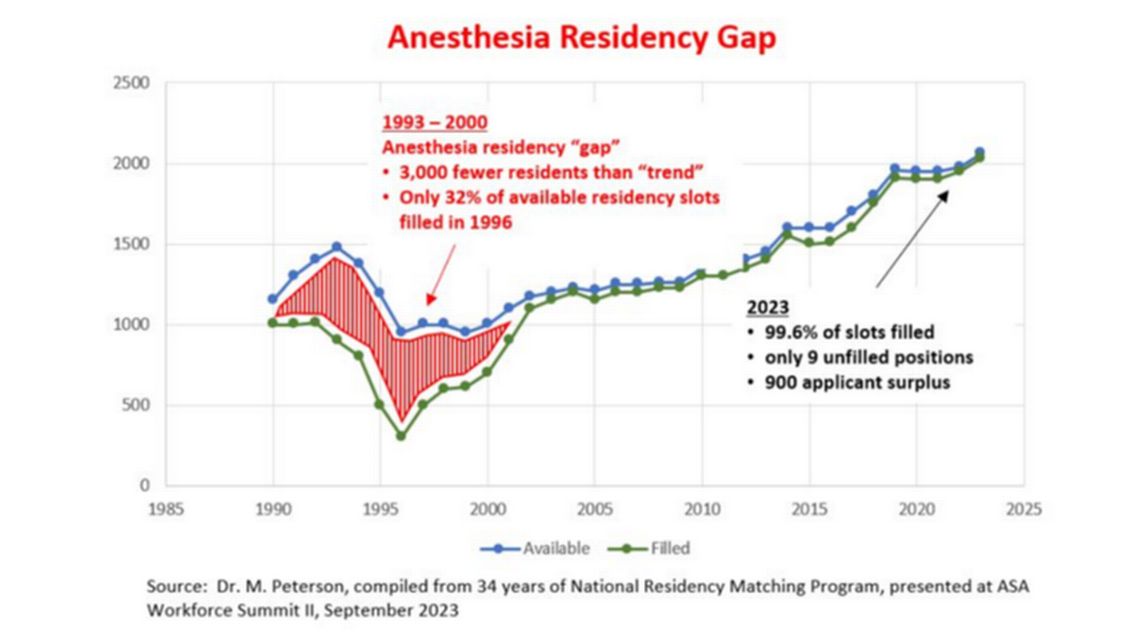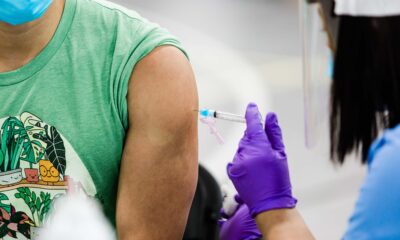NEWS
U.S. Anesthesia Partners Is Solving The Shortage Of Anesthesia Clinicians
Published
7 months agoon


More From Lifestylogy
-


26 Dirtiest Jobs In The World, Would You Brave One…
-


22 Exercises That Make The Most Impact In Your Workout…
-


20+ Things Online Shoppers Regret Buying Within Days
-


Beware: These 12 Popular Foods Could Wreck Your Cholesterol Levels
-


27 Habits To Implement That Could Change Your Life For…
-


LiveGood’s Membership Model Keeps High-Quality Vitamins And Supplements Affordable
-


20 Things People Mindlessly Spend Their Money On That Might…
-


22 State Laws That Are Hard To Believe They Actually…
-


FDA Approves Updated Covid-19 Booster Shots From Pfizer and Moderna


The Ultimate Guide to Angel Numbers and Their Meanings
Angel numbers are more than just random sequences of digits—they are believed to be powerful messages from the universe or...


27 Ways to Successfully Step Outside of Your Comfort Zone
Stepping out of your comfort zone can feel intimidating, but it’s one of the most rewarding ways to grow as...


22 State Laws That Are Hard To Believe They Actually Exist
Every state in the U.S. has its fair share of unusual laws, some of which are so bizarre they leave...


An Apple a Day: 20 Reasons This Superfruit Keeps the Doctor Away
Apples have long been celebrated as one of nature’s most perfect fruits, providing a tasty and nutritious snack for people...